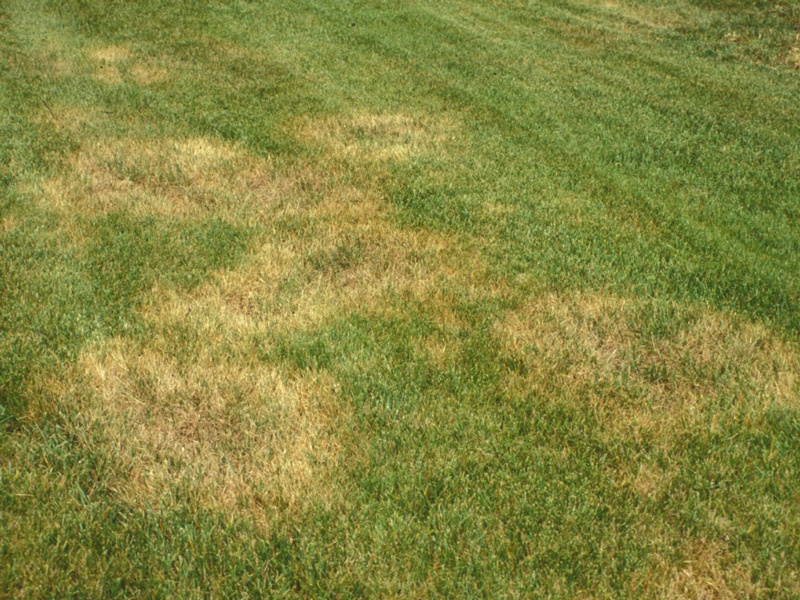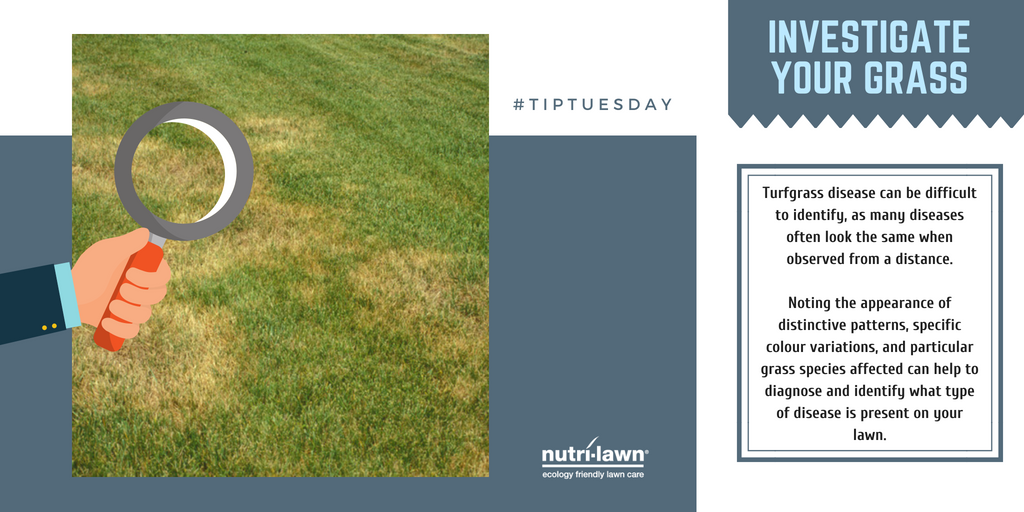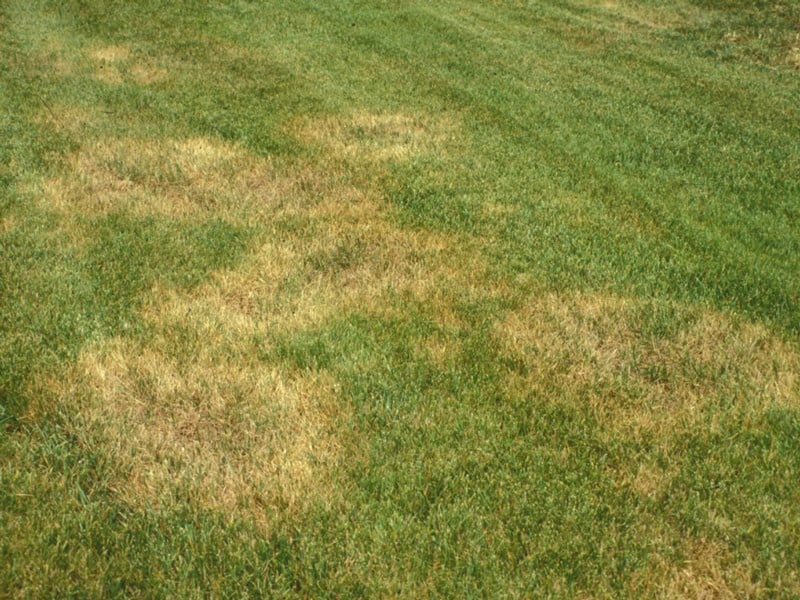
There are several common turfgrass diseases that can affect and cause damage to a lawn. In the industry, a turfgrass disease is seen as a condition that interferes with the normal growth and development of the grass plant, causing the plant to look and perform abnormally.
In order for a turfgrass disease to be active, 3 requirements must simultaneously be present. A susceptible host (plant species), Pathogen (amount of inoculum), and the environment (favourable weather conditions). Without the presence of all 3, there is no disease. Most diseases are short lived and only last for a period of days. Depending on the type of disease and length of time it is active, varying degrees of damage and unaesthetic appearance can result.
Don't let turfgrass diseases run amok on your lawn! Read on to learn more turfgrass disease identification and prevention.
Disease Identification

Turfgrass disease can be difficult to identify, as many diseases can look much alike from a distance. Noting the appearance of distinctive patterns, specific colour variations, and particular grass species affected can help diagnosis what disease is present or caused the damage.
Examining individual grass blades up close can reveal lesions, spots, changes in colour, and stunting that can narrow the search. Mycelium, sclerotia, and masses of spores can also be present and help diagnosis the disease affecting the lawn. Some common turfgrass diseases include: Red Thread, Rust, Necrotic Ring Spot, Leaf Spot, Powdery Mildew, Dollar Spot and Brown Patch.
Click here to see what they look like >
Disease Prevention
Turfgrass diseases are typically easier to prevent than they are to cure. Preventative and curative fungicide applications are not common practice for home lawn applications, as fungicide treatments are predominantly reserved for professional turf applications; including golf courses where high intensity maintenance practices increase disease presence and turf susceptibility.
.png?width=1024&name=Turf%20Diseases%20(1).png)
Aside from environmental conditions, managing a home lawn by way of maintaining the recommended maintenance practices, improving the growing conditions, selecting resistant grass species, and by managing all turf inputs, greatly reduces disease incidence and susceptibility without the requirement of fungicides.
Follow us on Facebook or Pinterest for more from lawncare tips & tricks.







.png?width=1024&name=Turf%20Diseases%20(1).png)
